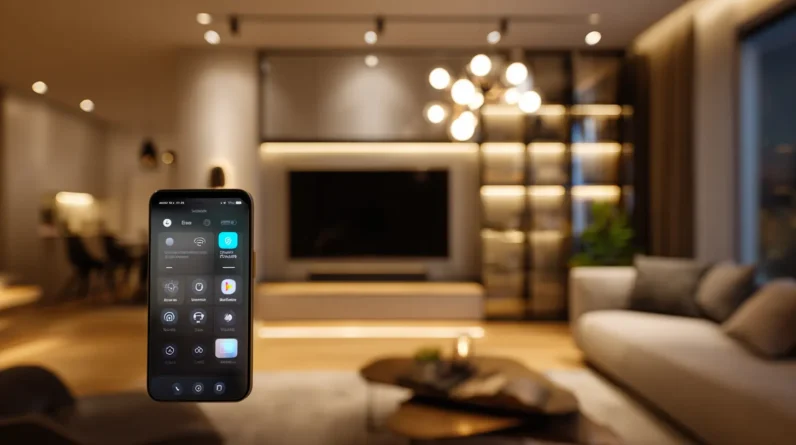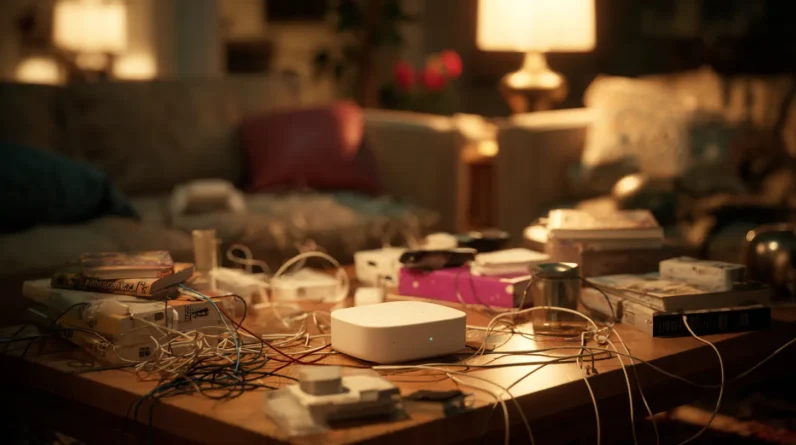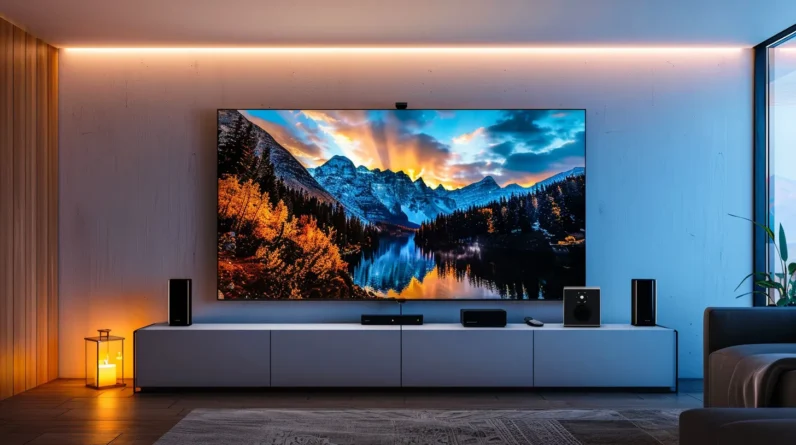
When setting up smart devices for elderly users, we’re not just about convenience and efficiency – we’re improving their independence and quality of life. We prioritize user-friendly interfaces, crucial devices like smart lighting and home security, and compatibility with platforms like Amazon Alexa and Google Home. It’s important to involve caregivers in the decision-making process to tailor devices to specific user needs. We guarantee safety with fall detection sensors, emergency alarms, and remote access management. By choosing the right devices and taking a thoughtful approach, we can empower seniors to live safely and confidently – and that’s just the beginning.
Choosing the Right Devices
When it comes to choosing the right smart devices for elderly users, we need to get it right from the start. We prioritize user-friendliness and intuitive interfaces to enhance accessibility in smart home technology. Starting with a few essential devices, such as smart lighting and home security systems, helps avoid overwhelming the user and guarantees ease of use for both seniors and caregivers.
Compatibility with popular smart home platforms like Amazon Alexa or Google Home, which facilitate seamless integration and control through voice commands, is also imperative. Devices that promote safety, like fall detection sensors and emergency alarms, are essential for elderly users, while caregiver involvement fosters independence and guarantees the technology meets the user’s specific needs.
Setting Up and Integration
Setting up smart devices for elderly users requires careful planning and consideration, but getting it right can greatly enhance their independence and quality of life. We start by selecting user-friendly smart devices that integrate well with popular platforms like Amazon Alexa, Google Home, or Apple Home. This simplifies operations for elderly users. We guarantee that devices are compatible with a single smart platform to reduce confusion and make it easier for seniors and their caregivers to use.
We focus on essential devices like smart lighting and security cameras, providing clear user manuals for setup and operation. With readily available tech support for installation and troubleshooting, we help elderly users feel comfortable with their new technology and promote a smoother integration process.
Ensuring Safety and Security
By prioritizing the safety and security of elderly users, we can empower them to live independently in their homes for longer. Smart security systems, including surveillance cameras and smart doorbells, provide 24/7 monitoring and alerts, allowing seniors to identify visitors before opening the door. Smart locks enable remote access management for family members, eliminating the need for physical keys and providing peace of mind for seniors living alone.
Emergency alarms connected to smart devices can automatically alert contacts and emergency services, ensuring prompt assistance during critical situations. These safety devices, including integration with emergency services, facilitate quick alerts during medical emergencies, providing location information for a faster response.
Collaborating With Caregivers
Working closely with caregivers is key to selecting smart devices that truly cater to the needs of elderly users. Collaborating with caregivers guarantees that we choose user-friendly devices that promote comfort and ease of use for older adults. By involving caregivers in the decision-making process, we empower older adults to express their preferences and comfort levels with technology, fostering a sense of independence.
Caregivers can also facilitate clear communication about the functions and benefits of the devices, while assisting with installation and offering ongoing technical support. This guarantees that seniors feel comfortable and secure when using smart devices, and that their safety and convenience are enhanced. By developing an integration plan with caregivers, we can tailor devices to meet the unique needs of each elderly user.
Optimizing Device Performance
To guarantee elderly users can fully benefit from their smart devices, we need to optimize device performance. This involves verifying the compatibility of all devices with a single smart platform, guaranteeing a seamless user experience. We must also consider Wi-Fi requirements and bandwidth capacity to prevent disruptions. Smart plugs with timers can help manage appliance use efficiently, reducing energy consumption.
Regular software updates, often enabled through automatic updates, are essential for maintaining security and performance. By organizing devices with user-friendly interfaces and clear instructions, we can support caregivers and make sure they’re knowledgeable about troubleshooting. This holistic approach to optimizing performance will help elderly users maximize the benefits of their smart devices.
Conclusion
As we wrap up our guide, it’s no coincidence that setting up smart devices for elderly users often mirrors the way we support our loved ones themselves – with patience, understanding, and a willingness to adapt. Just as these devices simplify and enrich their lives, our efforts to make them accessible can bring us closer together, fostering a sense of connection and community that truly makes a difference.







